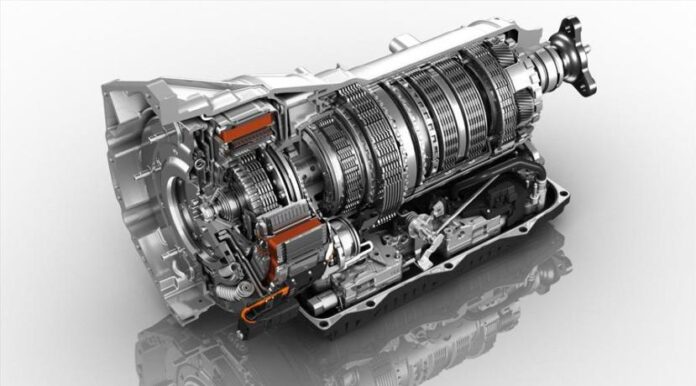Ever wondered how the effortless yet quick gear shifts happen in your car? Well there’s quite a few things one has to know about transmissions. In this particular piece we’ll dive deeper into automatic transmissions. There’s not one not two but four types of automatic transmissions that we will be talking about. From DCT to CVT to AMT and Torque converter. We all have heard about at least one of these automatic transmissions somewhere.
Dual-Clutch Transmissiona.k.a. DCT
DCT is of the smoothest transmission your car can have. The working of DCT is pretty simple. It has two shafts with two clutches for gear shifts. First shaft for the odd numbered gear shifts and second shaft for even numbered gear shifts. DCT is a performance oriented transmission and is found in the cars like slightly high priced daily drivers to the most exotic supercar, likes of a Lamborghini Huracan. DCT comes with it’s own pros and cons. Pros being shifts are as quick as you can imagine and fuel efficiency isn’t hindered by performance. Cons include high maintenance cost and added weight compared to other transmission systems.
Automated Manual Transmission a.k.a AMT
AMT is found in the most budget friendly cars as it goes light on one’s pocket and is be found in Hyundai Santro, Maruti Swift and quite a few cars. This transmission is one of the latest developed systems and works on basic principles using regular gear and clutch configuration. The shifts are controlled by sensors, actuators and pneumatics for a rather spirited use. AMT has proslike being the most cost effective transmission and delivering fuel economy as good as manual transmission and cons like rather uneasy/jerky shifts and no extravaganza in terms of mechanical feedback.
Conventional Automatic Transmission a.ka. Torque Converter
Torque converter is a quite extensively used transmission. The torque converter itself substitutes the clutch to build up progressive power and makes rather effortless gear shifts. It is used in a plethora of cars, ranging from Toyota Innova Crysta, Hyundai Grand i10, Hyundai Xcent and even Rolls Royces Like all other transmissions, Conventional Automatic Transmission has it’s own flip sides. Positive ones being reliability and smooth shifts and cons being lower mileage.
Continuously Variable Transmission a.k.a. CVT
CVT is a rather take it easy gearbox as it packs in belts to shift gearbox rather than metal gears to create variations in shifts as per the speed. This shift variations result in a free flowing and smooth driving experience. CVT carries the pros like impressive fuel economy and feasibility in bumper to bumper traffic. Cons are lack of instant feedback. All these transmissions differ in their own ways. From providing smooth and effort less shifts in a CVT to lighting fast shifts from a DCT, going easy on pocket with the AMT and Torque Converter transmission.






